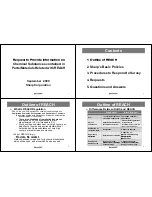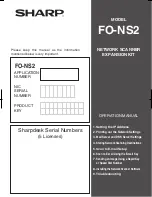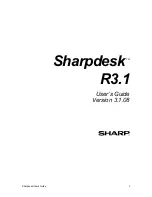
4–4
director product manager user guide
Using Logs
— Telnet—Change was made through a telnet connection.
•
Identifier—Identifies the user making the change according to the source:
— Maintenance Port—No entry displays.
— HAFM application—Includes user@address, where “user” is the Product
Manager user name, and “address” is the network address of the workstation
(remote user workstation or HAFM server).
— SNMP—Contains the network address of the SNMP management station.
— Fabric—No entry displays.
— Web Server—The Identifier column contains user@address, where “user” is
the web server user name and “address” is the network address of the web
user.
— Fibre Channel Host—No entry displays.
— Telnet—Change was made through a telnet connection.
Event Log
The Event Log provides a record of significant events that have occurred on the
director, such as hardware failures, degraded operation, port problems, FRU failures,
FRU removals and replacements, port problems, Fibre Channel link incidents, and
HAFM server to director communication problems. The information is useful to
maintenance personnel for fault isolation and repair verification.
Figure 4–3: Event Log
All detected firmware faults and hardware failures are sent to the HAFM server and
recorded in the Event Log. The log provides a maximum of 1000 log entries before it
wraps and overwrites the oldest entries.
For detailed information on event data and problem resolution, refer to the hp
StorageWorks director 2/64 service manual for the Director 2/64 and the hp
StorageWorks director 2/140 service manual for the Director 2/140.
Each log entry includes the following:
















































